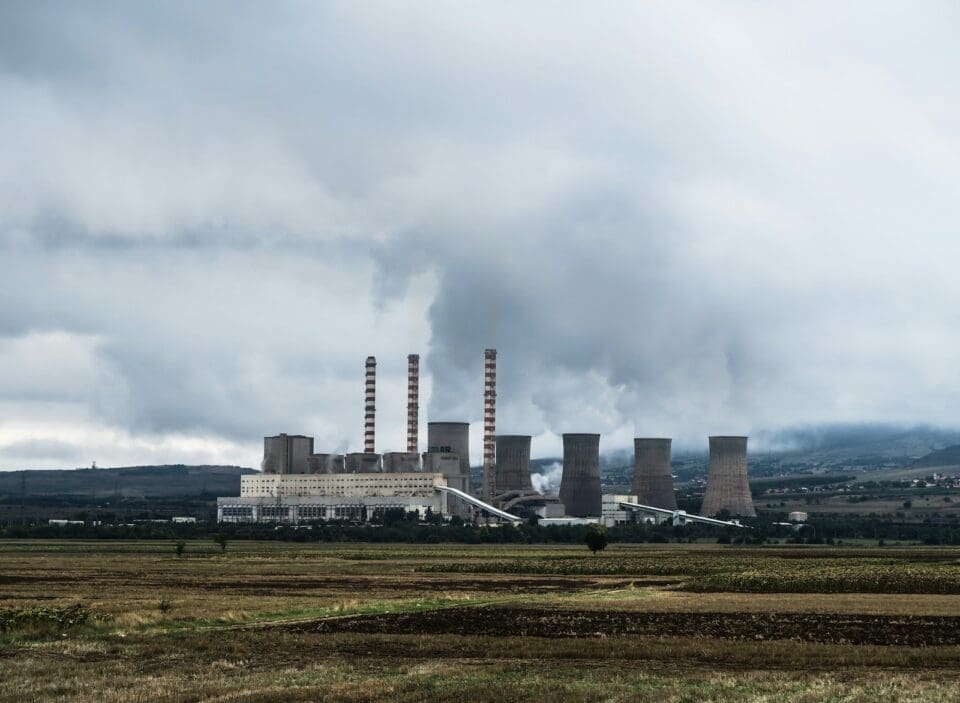Demand for energy continues to increase from coast to coast, and record production continues to grow from a variety of sources.
Crude oil and natural gas, which account for 80% of the nation’s energy, almost set a new record for monthly production in February, according to data released by the Energy Information Administration this week. U.S. oil production was 13.2 million barrels per day (b/d) in February just short of 13.3 million b/d record set in December 2023. Natural gas production totaled 128,058 million cubic feet per day (mmcf/d) in February also just short of the December 2023 record of 128,883 mmcf/d.
The increase in production has helped the bottom line of many companies, too. The two largest integrated petroleum companies based in the U.S., ExxonMobil and Chevron, reported healthy financials this week. ExxonMobil reported $8.2 billion in net profit, and Chevron said it had a net profit of $5.5 billion during the first quarter (January-March).
Oil prices averaged $80 per barrel, but natural gas has been fighting a large oversupply and unusually low prices just below $2 mmcf. EIA estimated natural gas consumption in February 2024 was 102.4 Bcf/d a 2.8% decrease compared with February 2023 (105.3 Bcf/d). It was the lowest daily rate of natural gas consumption for the month since 2018, according to EIA.
U.S. electricity generation from wind turbines decreased for the first time since the mid-1990s in 2023 despite the addition of 6.2 gigawatts (GW) of new wind capacity last year, according to EIA. U.S, wind generation in 2023 totaled 425,235 gigawatthours (GWh), 2.1% less than the 434,297 GWh generated in 2022.
U.S. wind capacity increased steadily over the last several years, more than tripling from 47.0 GW in 2010 to 147.5 GW at the end of 2023, EIA said.
“The 2023 decline in wind generation indicates that wind as a generation source is maturing after decades of rapid growth,” EIA stated.
Nuclear power got a boost this week with the announced completion of a nuclear power reactor in Georgia. Georgia Power said Unit 4 of the reactor at Plant Vogtle has entered commercial operation, which completes the 11-year expansion project.
Vogtle Unit 3 began commercial operation in July 2023. The plant’s first two reactors, with a combined 2,430 MW of nameplate capacity, began operations in 1987 and 1989. The two new reactors bring Plant Vogtle’s total generating capacity to nearly 5 gigawatts (GW), surpassing the 4,210-MW Palo Verde plant in Arizona and making Vogtle’s four units the largest nuclear power plant in the United States.
Construction at the two new reactor sites began in 2009. Originally expected to cost $14 billion and begin commercial operation in 2016 (Vogtle 3) and in 2017 (Vogtle 4), the project ran into significant construction delays and cost overruns. Georgia Power now estimates the total cost of the project to be more than $30 billion, EIA said.
No nuclear reactors are under construction now in the United States, EIA said.
Alex Mills is the former President of the Texas Alliance of Energy Producers.
Alex Mills is the former President of the Texas Alliance of Energy Producers. The Alliance is the largest state oil and gas associations in the nation with more than 3,000 members in 305 cities and 28 states.
Oil and gas operations are commonly found in remote locations far from company headquarters. Now, it's possible to monitor pump operations, collate and analyze seismic data, and track employees around the world from almost anywhere. Whether employees are in the office or in the field, the internet and related applications enable a greater multidirectional flow of information – and control – than ever before.












